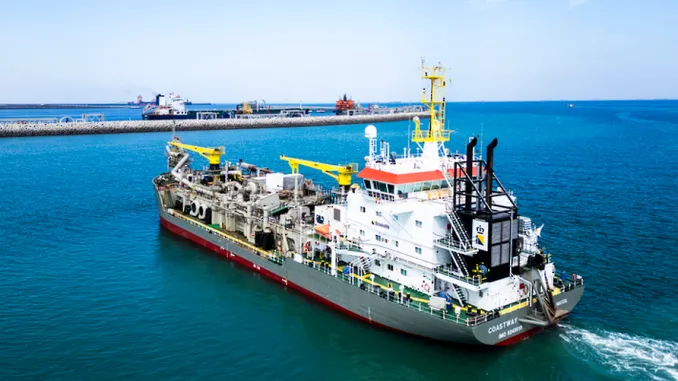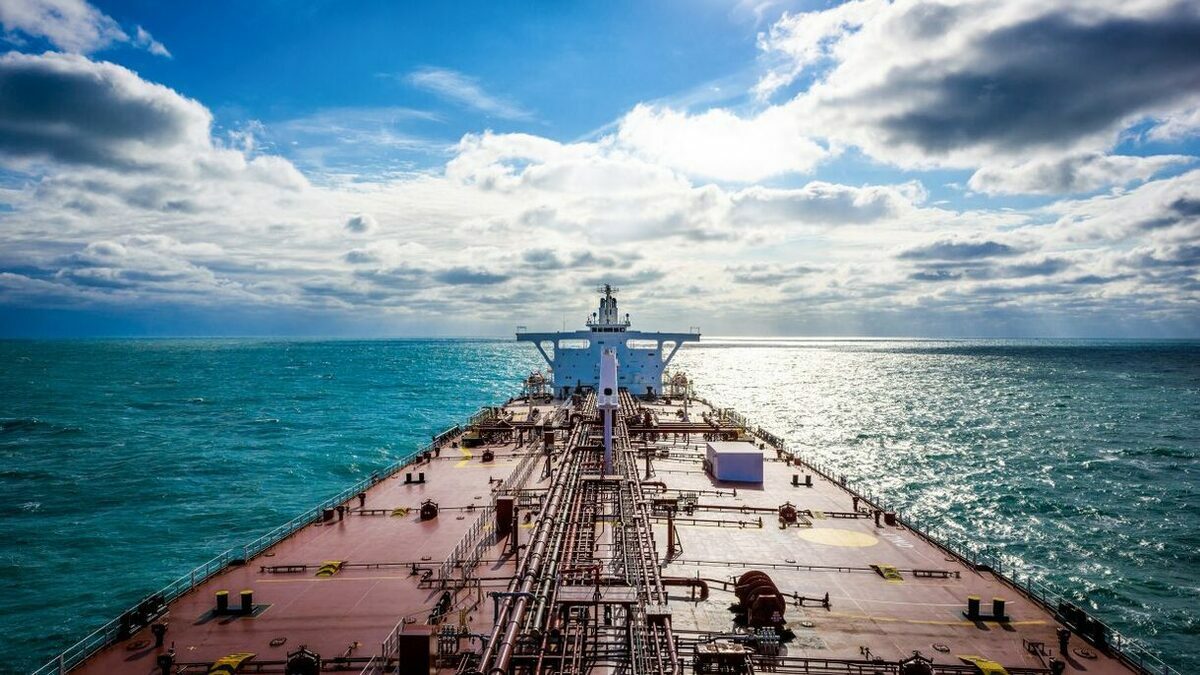In a groundbreaking step for both clean energy and maritime trade, Oman has announced the development of the Middle East’s very first LNG Bunkering Facility at the Port of Sohar. This state-of-the-art facility will provide LNG as a cleaner marine fuel to ships operating in the Gulf region. The project, called Marsa LNG, is expected to play a key role in reducing the carbon footprint of global shipping and reinforcing Oman’s position as a rising energy leader.
The Marsa LNG project is a joint venture between French energy major TotalEnergies, which holds an 80% stake, and OQ Exploration and Production, a subsidiary of Oman’s national energy company, which owns the remaining 20%. With an investment of approximately $1.6 billion, the facility will be located within the Sohar Port and Freezone—one of the fastest-growing and strategically positioned ports in the region.
Strategic Move for Oman and the Region
This development marks a major milestone for the region’s transition towards cleaner fuels. As global shipping comes under pressure to meet stricter environmental regulations, the demand for alternative fuels like LNG is rising. LNG is seen as a transitional fuel that emits significantly less carbon dioxide, sulfur oxides, and nitrogen oxides compared to traditional marine fuels such as heavy fuel oil or diesel.
The Sohar LNG facility will provide a much-needed refueling option for ships that operate in the Gulf and Indian Ocean regions. Until now, the Middle East has lacked a large-scale LNG bunkering hub, forcing LNG-powered ships to refuel at ports in Europe or Asia. This facility is expected to serve container ships, cruise liners, tankers, and other vessels passing through the busy sea routes between the Persian Gulf and the rest of the world.

Solar-Powered and Fully Electric
What sets the Marsa LNG project apart is its strong commitment to sustainability. The facility will be fully electric and powered entirely by a 300-megawatt solar farm, making it one of the most environmentally friendly LNG terminals in the world. This design not only aligns with Oman’s own clean energy goals but also sets a new benchmark for LNG infrastructure globally.
By using solar power, the project is expected to reduce carbon emissions by over 200,000 tonnes annually when compared to traditional LNG facilities powered by fossil fuels. This aligns with Oman’s national goal of achieving carbon neutrality by 2050 under its Vision 2040 strategy.
Facility Capacity and Design
The Marsa LNG plant will have a production capacity of 1 million tonnes of LNG per year. In addition to the plant itself, the project includes the construction of a dedicated LNG bunkering vessel named Monte Shams. This ship, which will have a storage capacity of 18,600 cubic meters, will be permanently stationed at Sohar Port to supply LNG directly to other vessels. This floating component of the infrastructure ensures flexibility and faster fuel delivery at sea.
The plant will also include specialized loading systems, a dedicated berth, and a dredged channel to accommodate large vessels. Engineering and dredging work has already begun, and the entire project is scheduled to be completed and operational by early 2028.
Environmental and Economic Benefits
Using LNG as a marine fuel brings significant environmental benefits. It reduces greenhouse gas emissions by up to 23%, cuts sulfur emissions by 99%, and drastically lowers particulate matter and nitrogen oxide levels. This shift to cleaner fuel is crucial as the shipping industry, responsible for nearly 3% of global emissions, seeks greener alternatives.
Economically, the project is expected to create jobs during both the construction and operational phases. It will also boost the competitiveness of Sohar Port, potentially attracting more international shipping companies seeking cleaner and more efficient fuel options in the region.
Furthermore, the Marsa LNG facility will support Oman’s long-term plan to diversify its economy beyond oil exports. By investing in clean energy infrastructure, Oman is not only improving its environmental credentials but also positioning itself as a regional hub for sustainable maritime logistics.
A Model for Future Energy Projects
The Marsa LNG project represents a significant turning point for energy development in the Middle East. It combines traditional energy expertise with modern sustainability principles. The successful implementation of this facility could inspire similar projects in neighboring countries and help the region gradually shift from being a fossil fuel producer to a clean energy innovator.
It also sends a strong message to the international community: Oman is serious about decarbonization and ready to invest in the technologies of tomorrow. With the world’s eyes increasingly focused on green solutions, this move could attract further foreign investment and technical partnerships.
Looking Ahead
With construction now underway and all major components in the planning or development phase, Marsa LNG is expected to begin operations in the first quarter of 2028. Once complete, the facility will make Sohar Port one of the few ports in the world offering solar-powered LNG bunkering services—a major feather in the cap for Oman’s maritime and energy sectors.
As the shipping industry looks for cleaner, cost-effective fuels to meet international regulations and climate targets, projects like Marsa LNG are not just a response to global pressure—they’re a proactive step toward a cleaner, smarter, and more resilient future.
NMDC to Build New Marina in Oman in Major Regional Expansion



